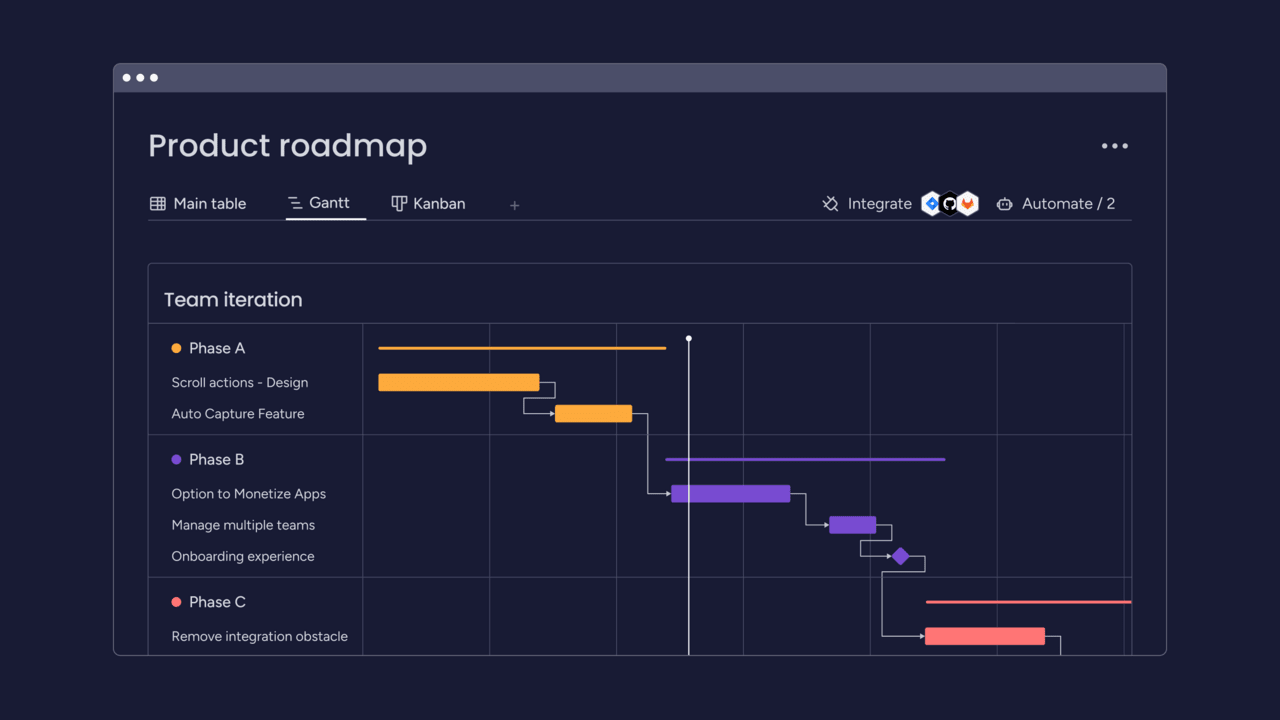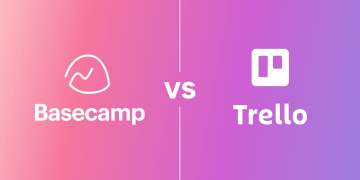Introduction
Basecamp has long been a favorite among project management enthusiasts, celebrated for its simplicity and user-friendly interface. However, as businesses scale, the need for integration with other tools becomes undeniable. Whether it’s connecting with communication platforms, accounting software, time tracking tools, or customer relationship management systems (CRM), the question of seamless integration with other software is central to Basecamp’s flexibility and value proposition. In this article, we will delve deep into how Basecamp integrates with other tools, the benefits it brings, and the limitations businesses may encounter.
1. Basecamp’s Core Features and Usability
Before jumping into integrations, it’s important to understand why Basecamp stands out. At its core, Basecamp is designed to streamline communication and task management within teams. Key features include:
- To-do Lists: Organize tasks and responsibilities.
- Message Boards: Facilitate asynchronous communication and discussions.
- File Storage: Securely store and share files with your team.
- Real-Time Group Chat: Ideal for quick, informal discussions.
- Automatic Check-ins: A unique feature that helps teams stay aligned without constant meetings.
- Calendar: A shared calendar for tracking deadlines and events.
While Basecamp is an excellent standalone tool for small to medium-sized businesses or teams, as organizations scale, they often need additional functionalities that Basecamp doesn’t natively offer. This is where integrations come into play.
2. Types of Tools Basecamp Can Integrate With
Basecamp isn’t a tool built in isolation. It thrives on its ability to connect with a variety of other tools that businesses rely on daily. The question, however, is how seamlessly Basecamp integrates with them. The three main categories of tools that Basecamp integrates with are:
- Productivity & Collaboration Tools
- Accounting & Financial Tools
- Customer Relationship Management (CRM) Tools
Let’s explore how Basecamp interacts with each category.
2.1 Productivity & Collaboration Tools
Basecamp’s integration capabilities with productivity tools are a key reason why it’s so widely adopted in team-driven environments. The modern workplace requires tools that can sync with calendars, share documents, and ensure everyone stays on track. Basecamp’s integrations make it easy to link up with other tools used for task management, communication, and file sharing.
Google Workspace (G Suite)
Google’s suite of tools—Gmail, Google Docs, Google Sheets, Google Drive, and Google Calendar—are indispensable in many business environments. Fortunately, Basecamp integrates seamlessly with Google Workspace. Through the integration:
- Google Docs/Sheets/Slides: Files created in Google Drive can be easily attached to Basecamp tasks, messages, or discussions.
- Google Calendar: Upcoming events and deadlines in Basecamp can be synced with Google Calendar, ensuring team members never miss important meetings or due dates.

Slack
Slack has become synonymous with team communication, and its integration with Basecamp is seamless. By integrating Slack with Basecamp:
- Teams can receive notifications and updates from Basecamp directly within Slack channels.
- Quick links to tasks and projects in Basecamp can be shared in Slack discussions.
- You can update to-do lists and message boards from within Slack itself.
This integration reduces the need for team members to switch between applications, improving workflow efficiency.
Microsoft Teams
For businesses that are more aligned with Microsoft’s ecosystem, Basecamp also integrates with Microsoft Teams. This integration allows:
- Notification alerts from Basecamp to appear directly in Microsoft Teams.
- Share and link Basecamp tasks and project updates in a conversation thread.
For teams that rely heavily on video calls, document collaboration, and project coordination, Basecamp’s Microsoft Teams integration makes staying connected a breeze.
Zapier
For those who want even more integrations, Basecamp’s integration with Zapier offers an extended range of possibilities. Zapier is an automation tool that can connect Basecamp with over 5,000 apps. Through Zaps, users can:
- Automatically create new tasks in Basecamp from other tools (like Trello or Asana).
- Trigger reminders or notifications in Basecamp based on external events (for instance, when a customer leaves feedback via an online form).
- Sync events from Basecamp to external calendars or apps like Google Calendar, Microsoft Outlook, or even CRM systems.
Zapier’s flexibility makes Basecamp more versatile and adaptable to the needs of diverse businesses.
2.2 Accounting & Financial Tools
Basecamp doesn’t inherently include financial tracking tools, but it can still integrate with some of the best in class accounting and invoicing platforms to ensure financial data flows smoothly. Businesses using Basecamp often turn to the following integrations:
QuickBooks
QuickBooks is one of the most popular accounting platforms used by small to medium-sized businesses. Basecamp integrates with QuickBooks via third-party tools like Zapier to:
- Trigger invoicing reminders or alerts when certain milestones are reached in Basecamp.
- Sync financial information, including project budgets, with Basecamp tasks to keep teams on track with their financial goals.
This integration ensures that project progress aligns with financial management efforts.
Xero
Xero is another leading accounting platform, especially known for its cloud-based approach. With integrations powered by tools like Zapier, Basecamp users can:
- Track budget changes based on project updates in Basecamp.
- Automate the transfer of payment-related tasks into the to-do lists within Basecamp.
This tight-knit collaboration between project management and financial oversight helps streamline business operations.
2.3 Customer Relationship Management (CRM) Tools
In today’s business environment, maintaining strong customer relationships is paramount. Basecamp offers integrations with CRM tools like:
Salesforce
Salesforce is the industry leader in CRM software, and its integration with Basecamp enables teams to manage customer-related projects efficiently. With this integration, users can:
- Sync Salesforce records directly to Basecamp projects and tasks.
- Use Basecamp to coordinate team efforts for managing customer relationships, while tracking customer interactions in Salesforce.
This integration helps teams stay on top of customer data, reducing the chances of overlooking important follow-ups or deadlines.
HubSpot
HubSpot is another powerful CRM tool that businesses use to track leads, sales, and customer interactions. Through its integration with Basecamp, teams can:
- Create tasks or projects in Basecamp based on customer interactions tracked in HubSpot.
- Link up sales goals with project milestones to ensure alignment between customer-facing efforts and project deliverables.
For businesses that thrive on data-driven insights, integrating HubSpot with Basecamp can be a game-changer.

3. Advantages of Basecamp’s Integrations
Seamless integration with other tools brings several advantages to businesses using Basecamp. These include:
3.1 Streamlined Workflow
By connecting Basecamp with tools like Slack, Google Calendar, or Salesforce, team members don’t need to jump between multiple applications. This reduces time spent on administrative tasks and allows teams to focus more on core project activities.
3.2 Improved Communication
Integrations with communication platforms like Slack and Microsoft Teams improve communication between teams. Notifications from Basecamp, such as task assignments, deadlines, or updates, can be instantly sent to the communication platforms where teams are most active.
3.3 Centralized Data
One of the biggest benefits of integration is that it centralizes all project-related information into one platform. Whether it’s financial data from Xero, customer insights from HubSpot, or team collaboration from Google Workspace, everything stays within Basecamp, ensuring that teams have easy access to the information they need at all times.
3.4 Customization and Flexibility
With third-party integrations and automation tools like Zapier, businesses can customize how Basecamp interacts with other apps. This allows them to create workflows and triggers that fit their unique business needs.
3.5 Reduced Manual Work
Automating processes, such as creating tasks based on specific triggers or syncing project deadlines with Google Calendar, cuts down on manual work. This saves time and ensures consistency across various platforms.
4. Limitations of Basecamp Integrations
While Basecamp offers a solid set of integrations, there are still some limitations:
4.1 Limited Native Integrations
Compared to more specialized project management tools like Asana or Trello, Basecamp offers fewer out-of-the-box integrations. While the tool itself is very simple, it may require more third-party apps or workarounds to integrate with niche tools specific to certain industries.
4.2 Learning Curve for Complex Integrations
Some integrations, particularly those with advanced accounting or CRM software, may require additional setup or technical expertise. Businesses may need to invest time and resources to fully leverage these integrations, particularly if they are unfamiliar with automation tools like Zapier.
4.3 Potential Costs of Third-Party Tools
Many of Basecamp’s most valuable integrations, such as those with Zapier or Slack, may require additional subscriptions or payment. These costs can add up, especially for businesses on a tight budget.
5. Conclusion
Basecamp remains a powerful project management tool, and its ability to integrate with various external tools only enhances its appeal. Whether you’re using it for internal communications, project tracking, or collaborating with external partners, integrating with other tools like Google Workspace, Slack, or Salesforce can streamline workflows and improve productivity. However, businesses should weigh the costs and complexity of integrating Basecamp with other tools, particularly if they require more advanced, niche features.
Basecamp’s straightforward interface and robust integrations make it an excellent choice for teams looking to centralize communication and collaboration across tools without overwhelming themselves with overly complex setups. In the right environment, it can serve as the linchpin in a smooth, productive workflow.























